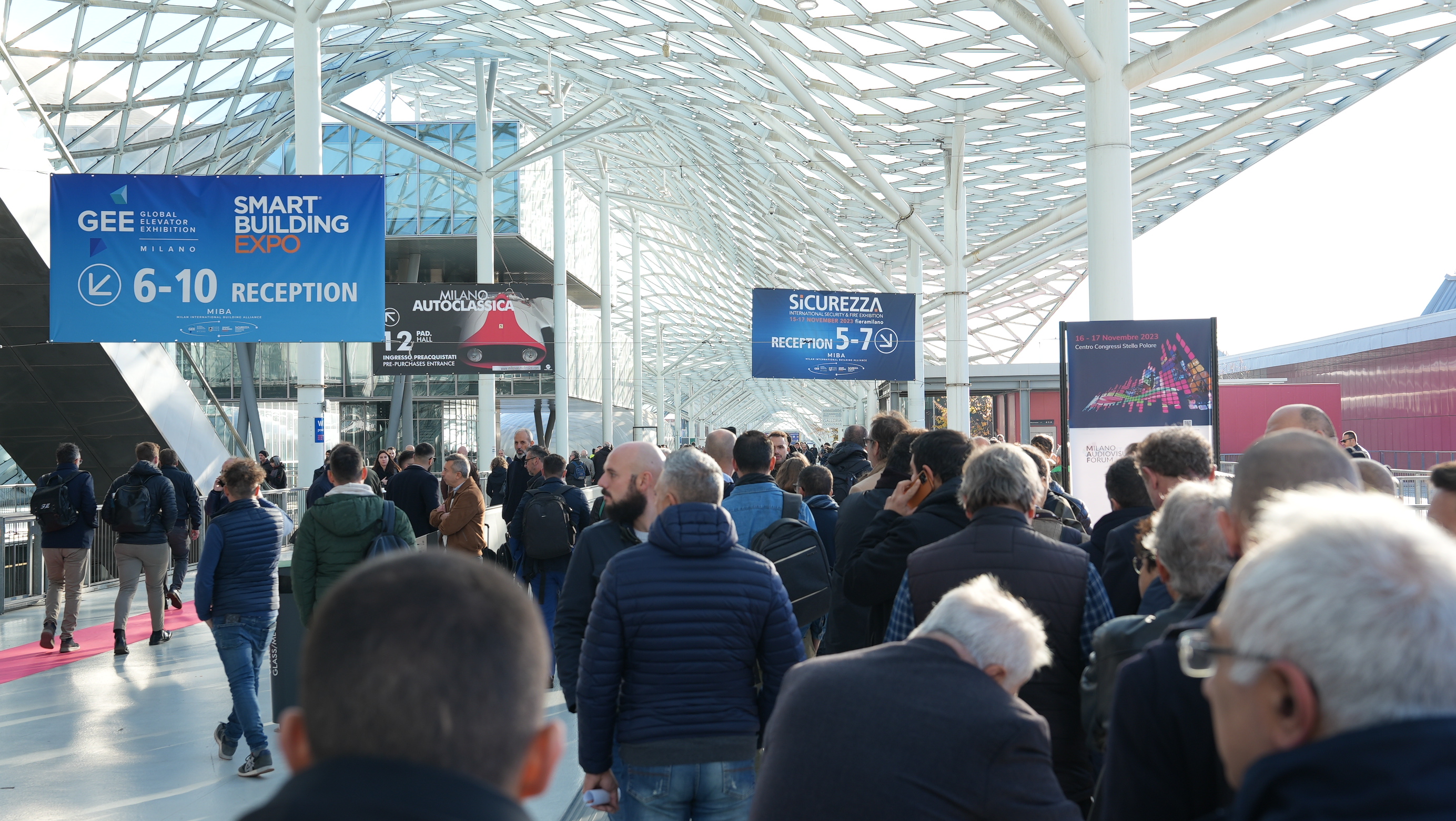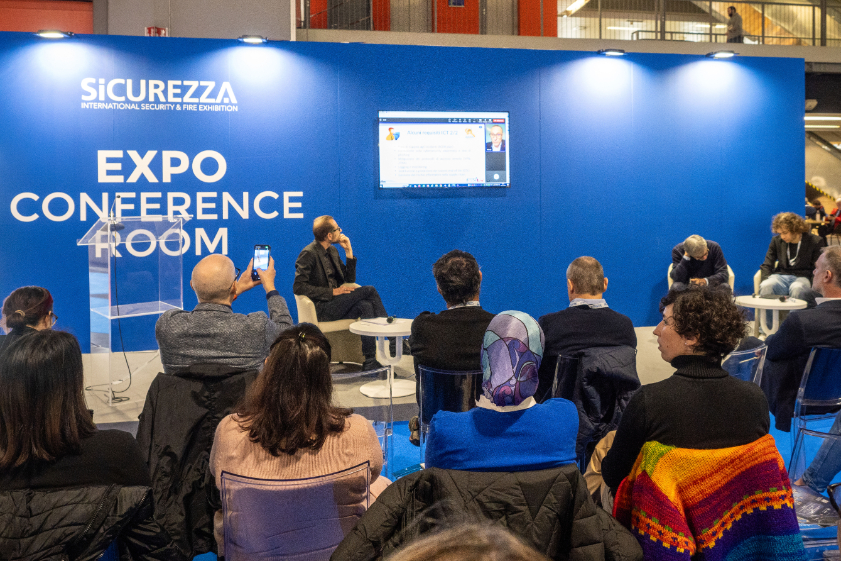While a mechanical access system is limited to physical necessity, electronic systems broaden the horizon of access gates to include attendance management, risk prevention and security efficiency. In fact, the information collected by these systems is stored to reconstruct the sequence of use of the gateway to the space, whether private or public, turning it into data that can be analysed and instruments for immediate intervention. As a result, they are increasingly popular systems.
How is the sector evolving? What are the areas of application with the highest demand and what is new on the technological front?
As Alessio Codarini, CEO and founder of Tuega srl, observes, “People are increasingly used to seeing and using access control gates, in subways, airports and stations. The use of this technology is also expanding to private companies, museums and theme parks, wherever identification technologies such as QRcode/RFID and biometrics are used. We see these devices used both by university libraries and public bathrooms to increase the safety of the public.”
According to Stefano Dallai, CEO of OPERA, “the access control sector is now present not only in the public or corporate sector, but also in small facilities such as commercial and private premises. Door opening using electronic locks controlled by access control systems is becoming increasingly popular, leaving the mechanical key for everyday use. Outdated magnetic strip card readers are now obsolete, code keypads resist, while the most widely used technologies are RFID, Bluetooth or Wi-Fi-enabled applications using smartphones. On the other hand, biometrics, which for many years was viewed as the system that would supersede other types of access control, is struggling to dominate other systems.”
Thus, besides biometrics, the sector faces several challenges: the design of these systems must take into account a multidisciplinary landscape, ranging from physical security (i.e. who, where and when a user can enter a building or a restricted or dangerous internal area), to personnel management, recording entry and exit times to calculate hours worked, break them down by pay grades and then pass the data on, to the various payroll monitoring programmes. All this, of course, while respecting personal data, as we will see at SICUREZZA 2023.







